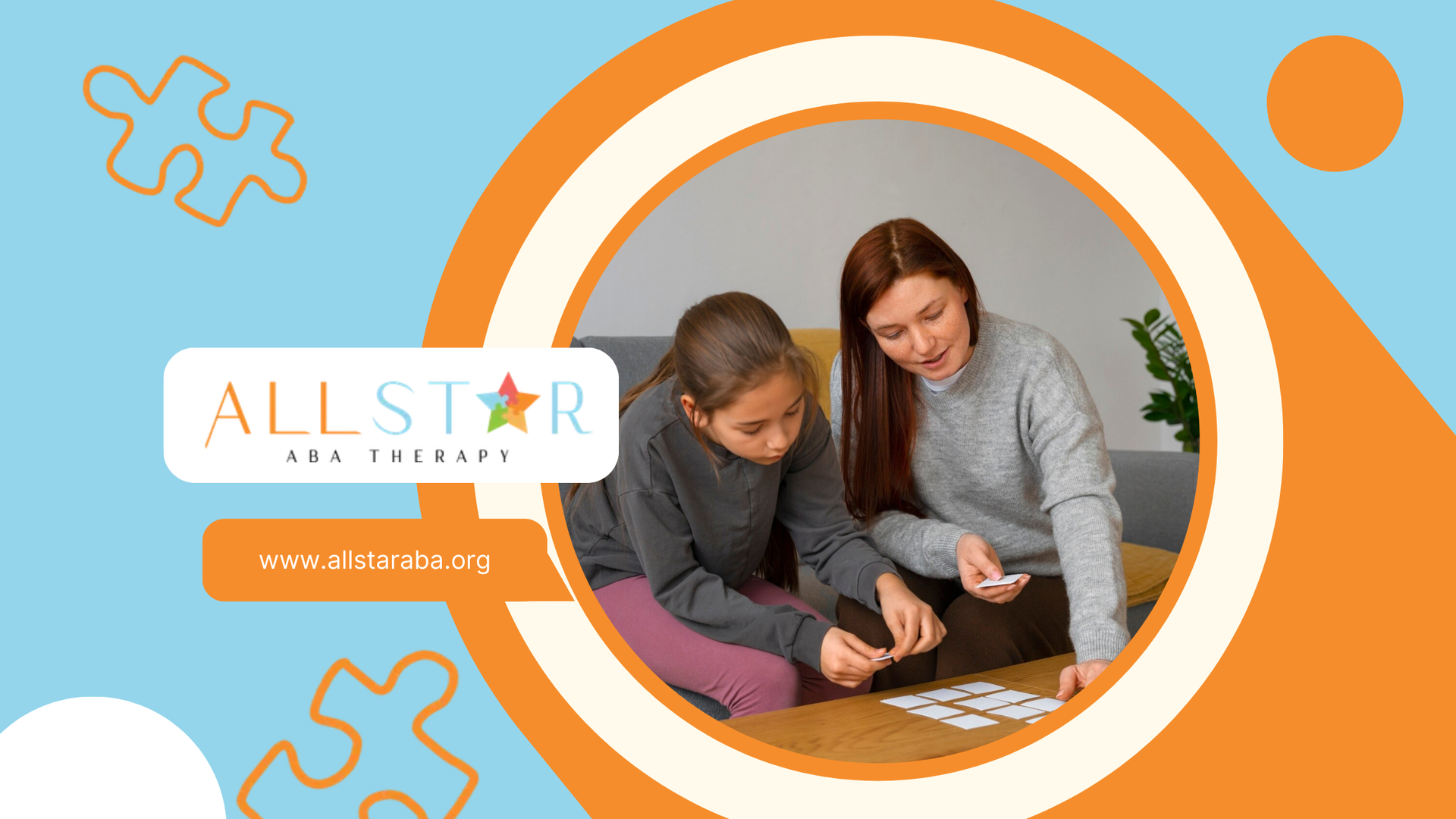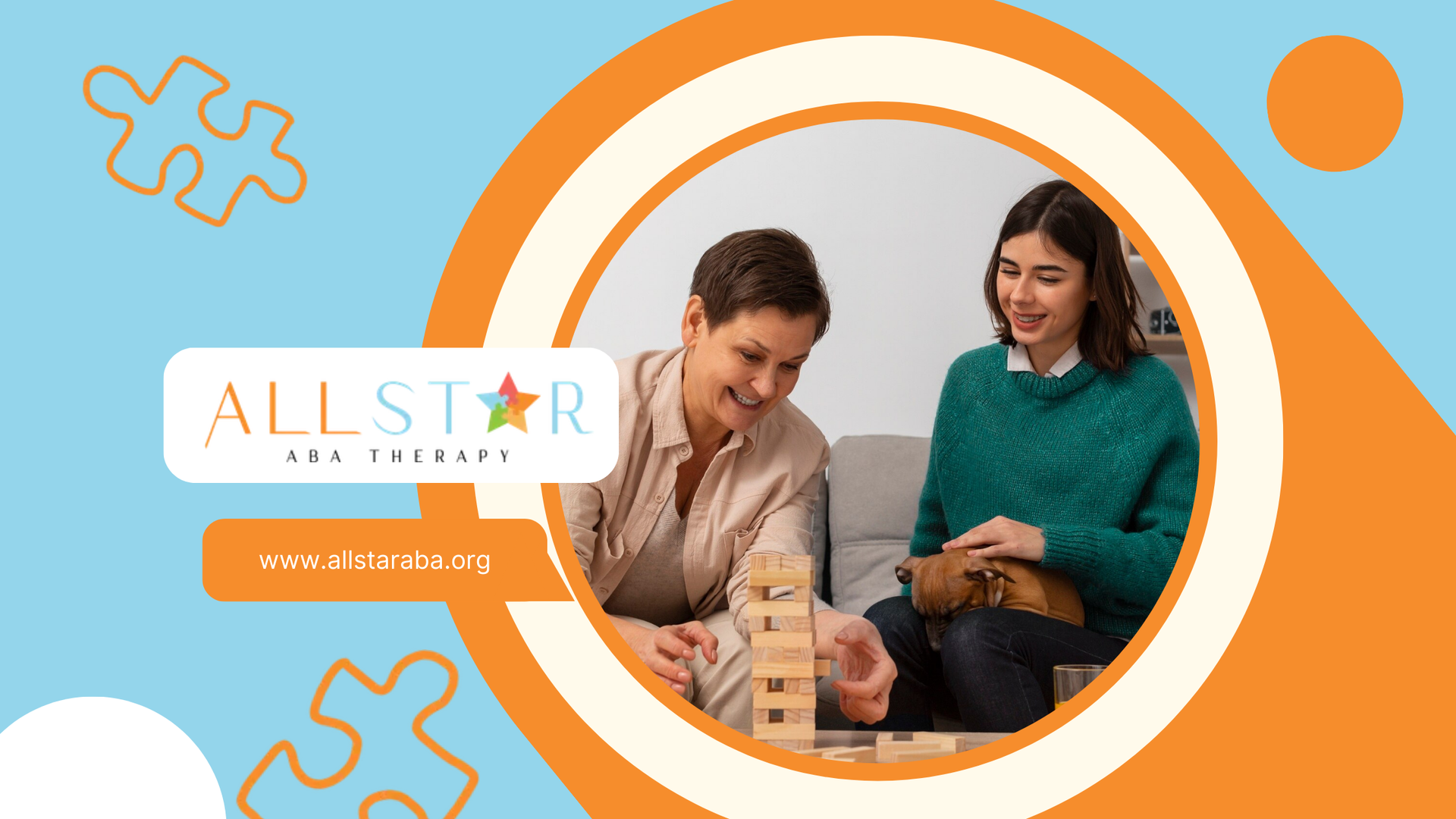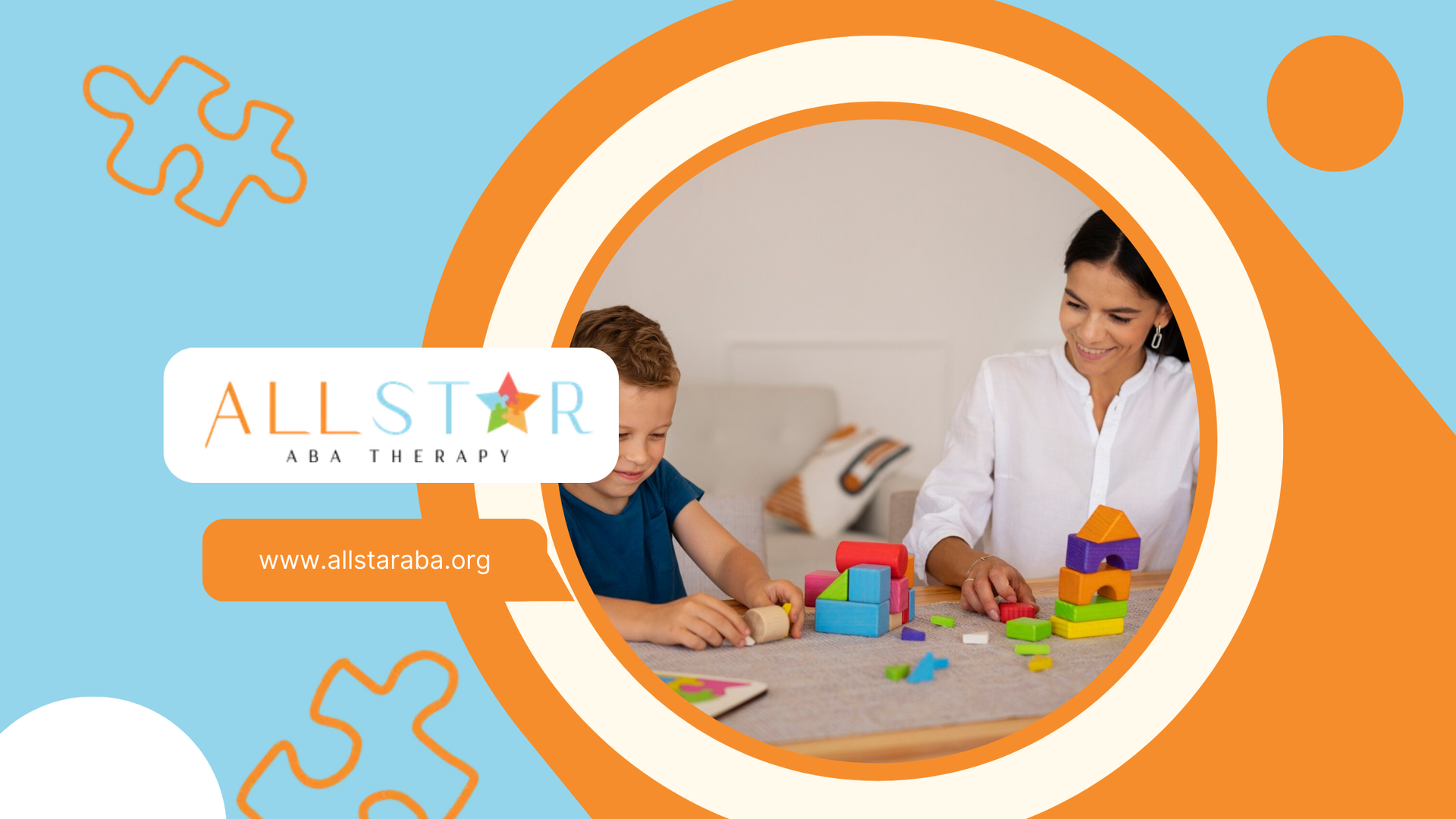New Paragraph
Speech Therapy in Autism: How It Helps Communication Skills
Autism Spectrum Disorder (ASD) is a neurodevelopmental condition that affects social interaction, communication, and behavior. For individuals with autism, communication challenges can range from difficulties with verbal speech to understanding non-verbal cues. Speech therapy is a vital component of early intervention and ongoing support, helping individuals with autism develop essential communication skills.
This blog explores the role of speech therapy in autism, the various techniques used by speech-language pathologists (SLPs), and the benefits of integrating speech therapy into a comprehensive treatment plan.
Understanding Communication Challenges in Autism
Communication is a broad term that encompasses more than just spoken language. It includes the ability to understand and express thoughts, emotions, and needs, both verbally and non-verbally. Individuals with autism may experience a variety of communication challenges, including:
- Delayed speech development: Some children with autism may start speaking later than their peers or have difficulty acquiring language skills.
- Limited verbal communication: Some individuals with autism may use fewer words or have trouble forming complete sentences.
- Non-verbal communication difficulties: Understanding and using gestures, facial expressions, and body language can be challenging.
- Echolalia: Repeating words or phrases that others have said, sometimes without understanding their meaning.
- Pragmatic language difficulties: Struggles with the social aspects of communication, such as taking turns in conversation, maintaining eye contact, and understanding sarcasm or humor.
These challenges can vary widely among individuals with autism, making it essential to tailor speech therapy to each person’s unique needs.
The Role of Speech Therapy in Autism
Speech therapy, also known as speech-language therapy, focuses on improving communication skills, including speaking, understanding language, and using non-verbal communication effectively. For individuals with autism, speech therapy can address a range of challenges and help them develop the skills necessary for successful social interaction.
1. Improving Verbal Communication
One of the primary goals of speech therapy for individuals with autism is to enhance verbal communication. This may involve:
- Building Vocabulary: Speech therapists work with individuals to expand their vocabulary, helping them learn new words and understand their meanings.
- Developing Sentence Structure: For those who struggle with forming sentences, speech therapy can focus on improving grammar and sentence structure, enabling them to express themselves more clearly.
- Articulation and Pronunciation: Some individuals with autism may have difficulty pronouncing certain sounds or words. Speech therapy can address these issues through targeted exercises and practice.
2. Enhancing Non-Verbal Communication
Non-verbal communication is an important aspect of social interaction. Speech therapists help individuals with autism develop skills in:
- Using Gestures: Teaching appropriate use of gestures, such as pointing, waving, or nodding, to complement verbal communication.
- Reading Facial Expressions: Helping individuals recognize and interpret facial expressions, which are crucial for understanding emotions and social cues.
- Understanding Body Language: Working on the ability to interpret and use body language effectively in social situations.
3. Addressing Pragmatic Language Skills
Pragmatic language refers to the social use of language, including how we use language in different contexts and how we interpret the language of others. Individuals with autism often struggle with pragmatic language skills, leading to challenges in social interactions.
Speech therapy can help improve:
- Turn-Taking in Conversations: Teaching the importance of taking turns during conversations and avoiding interruptions.
- Maintaining Eye Contact: Encouraging appropriate eye contact during interactions to foster better communication.
- Understanding Social Cues: Helping individuals interpret social cues, such as tone of voice and context, to better understand the meaning behind words.
4. Supporting Alternative and Augmentative Communication (AAC)
For some individuals with autism, verbal communication may be particularly challenging or not feasible. In such cases, speech therapists may introduce Alternative and Augmentative Communication (AAC) methods. AAC includes a range of tools and strategies that supplement or replace spoken language, such as:
- Picture Exchange Communication System (PECS): A visual communication method where individuals use pictures to express their needs and wants.
- Speech-Generating Devices (SGDs): Electronic devices that produce speech when the user selects words or symbols on a screen.
- Sign Language: Teaching individuals to use sign language as a means of communication.
AAC can be life-changing for individuals with autism, providing them with a way to communicate effectively, even if verbal speech is limited.
5. Early Intervention and Its Importance
Early intervention is crucial for children with autism, as the earlier speech therapy begins, the better the outcomes tend to be. Early intervention can:
- Promote Language Development: By addressing speech and language delays early, therapists can help children develop the foundational communication skills they need.
- Reduce Frustration: Communication challenges can lead to frustration and behavioral issues. Early intervention can help children express themselves more effectively, reducing frustration.
- Enhance Social Skills: Early speech therapy can improve social communication, helping children build relationships and interact more successfully with peers.
Techniques and Approaches in Speech Therapy for Autism
Speech therapists use a variety of techniques and approaches to address the communication needs of individuals with autism. These techniques are tailored to each individual’s strengths, challenges, and developmental level.
1. Applied Behavior Analysis (ABA) and Speech Therapy
Applied Behavior Analysis (ABA) is a widely used approach in autism therapy that focuses on teaching specific skills through positive reinforcement. ABA principles are often integrated into speech therapy to:
- Reinforce Communication Skills: Therapists use positive reinforcement to encourage the use of new words, phrases, and social behaviors.
- Break Down Complex Skills: ABA involves breaking down complex communication tasks into smaller, manageable steps, making it easier for individuals to learn and master new skills.
- Track Progress: ABA-based speech therapy involves careful tracking of progress, allowing therapists to adjust strategies as needed to maximize effectiveness.
2. Play-Based Therapy
For young children, play-based therapy can be an effective way to improve communication skills. Speech therapists use play activities to:
- Encourage Language Use: Through play, children are motivated to use language to describe their actions, make requests, and interact with others.
- Model Social Interactions: Play provides opportunities for therapists to model appropriate social interactions, such as turn-taking and sharing.
- Make Learning Fun: Play-based therapy keeps children engaged and makes learning new skills enjoyable.
3. Social Stories
Social stories are short, descriptive stories that explain social situations and appropriate responses. They are used to:
- Teach Social Concepts: Social stories help individuals with autism understand social norms, such as greeting others or asking for help.
- Reduce Anxiety: By providing a clear explanation of what to expect in certain situations, social stories can reduce anxiety and improve confidence.
- Practice Communication: Social stories can be used to practice specific communication skills, such as initiating conversations or responding to questions.
4. Modeling and Imitation
Modeling involves demonstrating a behavior or skill for the individual to imitate. In speech therapy, modeling can be used to:
- Teach New Words and Phrases: Therapists model the correct use of words and phrases, encouraging individuals to imitate them.
- Demonstrate Social Interactions: Modeling appropriate social behaviors, such as greeting others or making eye contact, helps individuals learn how to interact effectively.
- Reinforce Positive Behaviors: Positive reinforcement is used to encourage the imitation of modeled behaviors.
5. Parent and Caregiver Involvement
Parents and caregivers play a crucial role in the success of speech therapy. Speech therapists often involve parents in the therapy process by:
- Providing Training and Support: Teaching parents techniques and strategies to use at home to reinforce therapy goals.
- Encouraging Consistency: Consistent practice at home helps individuals with autism generalize the skills they learn in therapy to everyday situations.
- Monitoring Progress: Parents can help track progress and provide valuable feedback to therapists.
6. Technology-Assisted Therapy
Technology can be a valuable tool in speech therapy for individuals with autism. Apps, games, and software programs are available to:
- Enhance Learning: Interactive apps and games can make learning new communication skills more engaging and effective.
- Support AAC: Technology-based AAC tools, such as speech-generating devices, can provide individuals with new ways to communicate.
- Track Progress: Digital tools can help therapists and parents track progress and adjust therapy strategies as needed.
The Benefits of Speech Therapy for Individuals with Autism
Speech therapy offers numerous benefits for individuals with autism, helping them to:
- Improve Communication Skills: Whether through verbal speech or AAC, speech therapy enhances the ability to communicate needs, thoughts, and emotions.
- Enhance Social Interaction: Better communication skills lead to more successful social interactions, improving relationships with family, peers, and the community.
- Increase Independence: Effective communication skills are essential for independence in daily life, from expressing preferences to asking for help.
- Boost Confidence: As individuals with autism improve their communication abilities, they often experience increased confidence and self-esteem.
- Reduce Behavioral Challenges: Communication difficulties can lead to frustration and behavioral issues. Speech therapy helps individuals express themselves in healthier ways, reducing these challenges.
Conclusion
Speech therapy is a critical component of support for individuals with autism, addressing a wide range of communication challenges and helping them develop the skills necessary for successful social interaction. Through personalized and evidence-based techniques, speech therapists can make a significant difference in the lives of those with autism, enabling them to communicate more effectively and participate more fully in their communities.
At All Star ABA, we are dedicated to providing comprehensive ABA therapy services that incorporate speech therapy as part of our holistic approach to supporting individuals with autism.
Need Support?
We're Here to Help!
Our experienced team is ready to assist you. Reach out today to discuss how we can support your child's development and well-being.
Get started with expert ABA therapy today.
Related posts

All Star ABA delivers the gold standard of care, Applied Behavioral Analysis (ABA) therapy, for individuals diagnosed with ASD, from infancy to age 21.
Quick Links
All Rights Reserved | All Star ABA







